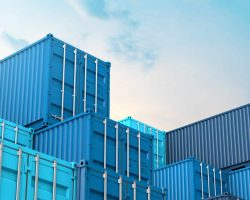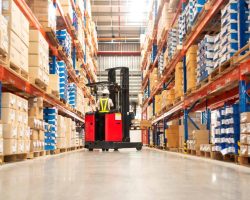 |
Even before the Suez Canal closure at the end of March, logistics networks were struggling to keep up with the COVID-driven demand of last year as well as labour restrictions at key ports, which have reduced productivity at terminals and increased vessel delays.
Exporters in Asia should be prepared for prolonged container shortages, booking delays and an increase in cargo rollovers at key transshipment hubs. As carriers try to catch up with their schedules, the number of blank sailings will also increase.
Once the vessels leaving Suez get to Europe and the U.S., there will be vessel bunching, which will worsen port congestion. Chassis, trucks, rail and barges are going to be under extreme pressure and the flow of containers back to Asia will be delayed.
There is going to be a chronic shortage of containers in China, South East Asia and the Indian subcontinent, especially India, since the carriers prioritize China first in terms of container distribution, then ASEAN (Association of Southeast Asian Nations), India, etc..
Ocean carrier Maersk said that the Suez incident could mean a loss of capacity at “20-30% over multiple weeks, depending on market dynamics”. Based on this, Maersk has suspended spot and short-term contract bookings out of Asia and key trade lanes for the time being.
Major transshipment hubs such as the port of Singapore, already facing congestion and cargo rollovers along with feeder vessels missing connections, will see the situation worsen.
For more information, contact Debbie McGuire, Manager – Freight Solutions.
















